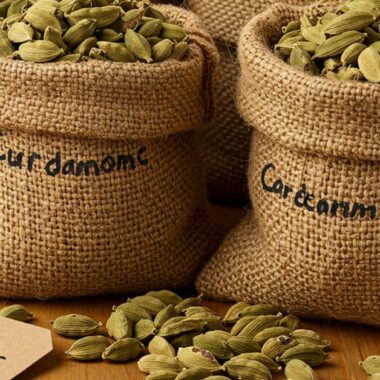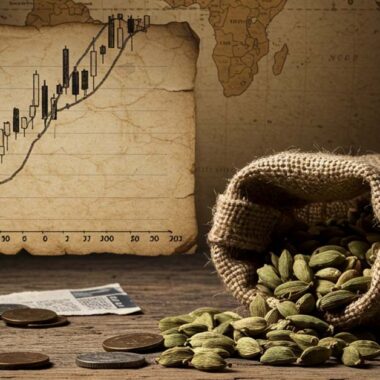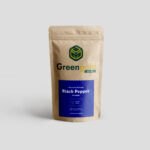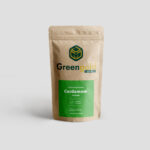Cardamom, often called the “Queen of Spices,” thrives in specific tropical high-altitude regions. But climate change is disrupting traditional cardamom farming, production, and global supply chains. Rising temperatures, unpredictable rainfall, and extreme weather events pose serious threats to this valuable spice. Let’s explore how climate change is reshaping the cardamom industry and what can be done to adapt.
🌡️ 1. Rising Temperatures Reduce Cardamom Yields
🌱 Cardamom requires cool, humid conditions (10-35°C) to thrive.
🌡️ However, rising global temperatures are:
❌ Reducing flowering and fruiting rates.
❌ Causing heat stress, which weakens plants.
❌ Drying up moisture in the soil, affecting growth.
💡 Adaptation Strategies:
✅ Planting shade trees to control temperatures.
✅ Developing heat-resistant cardamom varieties through research.
☔ 2. Erratic Rainfall & Droughts Affect Cultivation
💦 Cardamom requires consistent rainfall (1500-4000mm/year).
🌧️ Unpredictable rain patterns delay planting and harvesting.
🚱 Droughts dry out soil, stressing plants and lowering oil content.
🌊 Excessive rain leads to fungal infections like rot and blight.
💡 Solutions:
✅ Rainwater harvesting to provide irrigation during dry spells.
✅ Using mulching techniques to retain soil moisture.
🦠 3. Increased Pests & Diseases
🌍 Warmer temperatures create ideal conditions for pests and fungal infections.
🐛 Thrips, aphids, and root grubs are spreading rapidly, destroying crops.
☠️ Fungal diseases like Fusarium and Colletotrichum thrive in humidity.
💡 Prevention Methods:
✅ Using organic pest control methods.
✅ Improving crop rotation and soil management.
🚢 4. Supply Chain Disruptions & Higher Costs
🌍 Extreme weather events (floods, storms, droughts) slow down transportation and export.
💰 Losses in production lead to higher market prices for exporters and buyers.
❌ Damaged roads and disrupted logistics delay shipments to global markets.
💡 Supply Chain Adaptation:
✅ Investing in climate-resilient storage & transportation.
✅ Diversifying export routes to avoid bottlenecks.
🌱 5. Sustainability & the Future of Cardamom Farming
🌿 Sustainable farming is the key to protecting cardamom against climate change.
✔️ Encouraging organic, shade-grown cardamom reduces heat stress.
✔️ Government support & research can help develop climate-resistant varieties.
✔️ Exporters & buyers must support fair-trade & eco-friendly farming practices.
🌎 Final Thoughts: A Race Against Climate Change
🚀 The future of cardamom depends on sustainable solutions. Without climate adaptation, supply chains will face increasing disruptions, lower yields, and higher prices.
💡 Looking for premium, sustainably grown cardamom? Check out Greengold Guide’s collection today! 🌿✨












